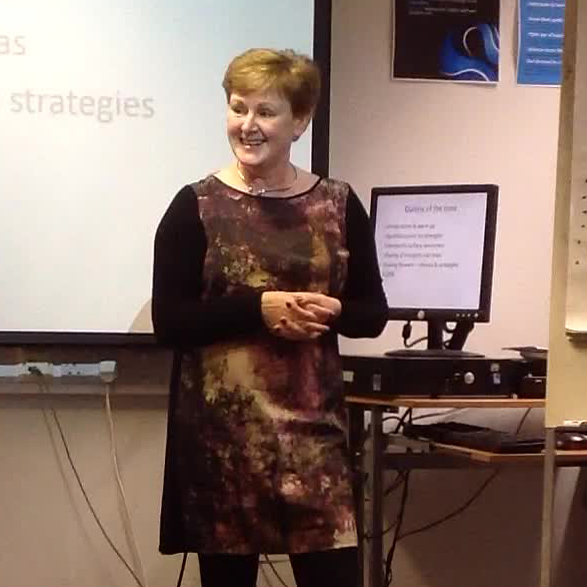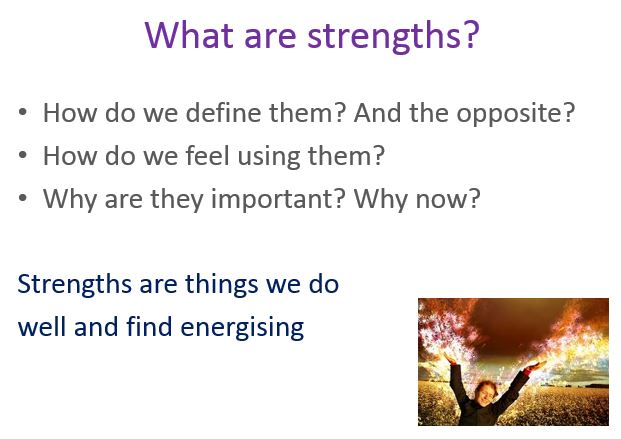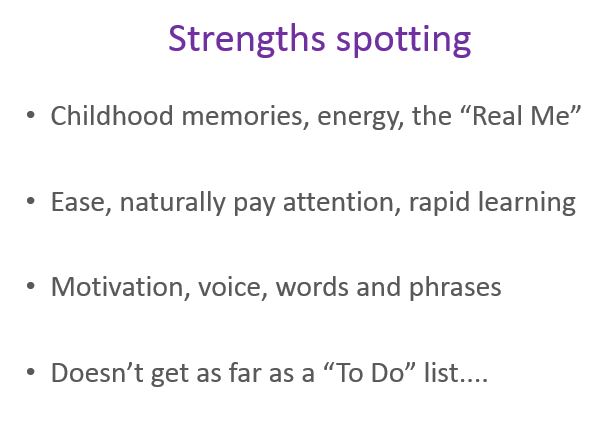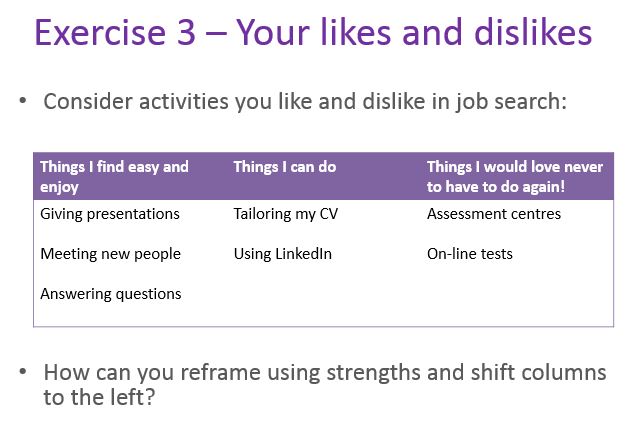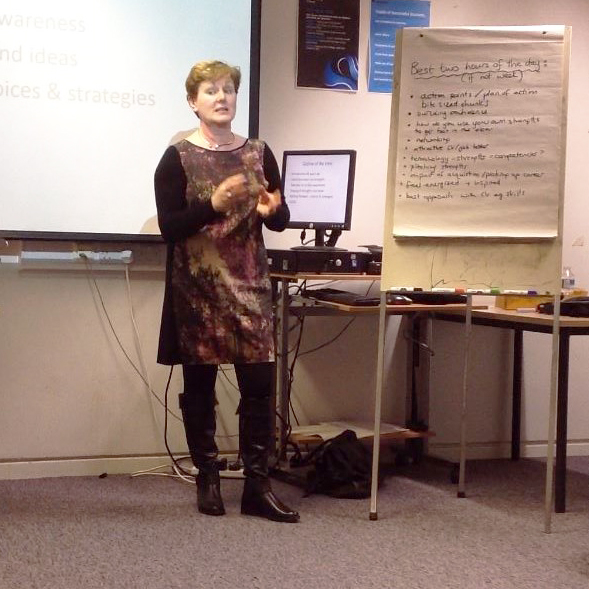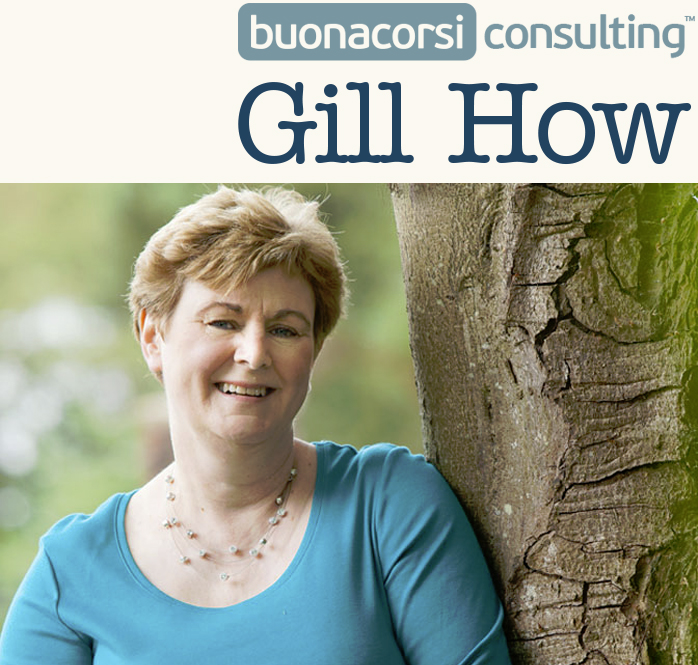Typically we pay lip service to WWW (What went well) analysis. Our kids do it in school, followed swiftly by BSI (Better Still If). Some of us still prefer root causes of failure, our comfort zone from our upbringing, education and employment. Appraisals still smack far too much of putting weaknesses right. Here’s a story of where my own WWW reflection from a recent speaking event and mini workshop gave me insights that I just don’t think the downside approach would have given. Might this invite you to give WWW one more try – possibly with an attitude of “Let’s see if it can work for me too?”
One of my speaking themes is about using your strengths to meet your goals – examples I have delivered with satisfied clients include:
“Using Your Strengths to:
- Attract The Work You Love”
- Make the Most of Change”
- Maximise Your Professional Development”
- Win Your Next Contract”
The series originally came from hearing so many of my fellow executive coaches say “I love doing the work, but hate finding it”, from which I developed the idea of – how can we turn this round? The question became, how can it be as much fun finding work as delivering it, and the answer became, by using our strengths. You can see a short video clip “How much fun” where I put this challenge to the group.
This time I was asked to run a short event for a Career Planning group of professionals, who were engaged in the job search process. We called the workshop “Energising Your Job Search”.
It went exceptionally well. The exercises, again shown in a short video clip “Spotting Your Strengths”, where I asked the participants to think about how they could spot their own strengths landed well.The feedback from the workshop exceeded all our expectations – the participants, the organisers, mine.
This got me curious – what had happened for this to go exceptionally well? I knew my skill and competence with the subject matter was good, and that I am extremely comfortable enabling learning in groups. Why had this one gone particularly well?
I really enjoyed mindmapping all the things I thought had contributed – good preparation, building on previous successes, good connection with the organisers, participants who really wanted some hope and optimism from a new way of looking at things…
Then the lightbulb moment came, the “ping” – I had real compassion for these people. Not just an intellectual understanding of their shoes or the job search process, but compassion. And compassion from an “I’m OK : You’re OK place”, which really helped our connection.
I had allowed myself to be “same as” i.e. more vulnerable than I used to be. It was more effective. In allowing myself to be “same as”, it seems I was accepting all the times I had found it hard to find work or enough work, and had a different relationship with that difficulty. It just seemed part of being human now.
In the other speaking events, although there was good feedback, on reflection, I had needed to be slightly “better than”, thinking that was necessary to do a good job for them. I’d also stayed in a far more cognitive place.
I can now look again and see that as I get more comfortable with who I am, with the strengths I have, I am more able to make this shift to “same as”. I can see it increases my accessibility to people and their emotional engagement with me. This then helps me help them deliver great shifts in their learning.
As someone who likes to deliver exceptional learning for her clients, this is high octane reflection. Noticing the part of my own progress makes in delivering this result, allows me to plan on how to do more. And that is where the real mileage is.
So what do you think? Would I have gained this insight, from which I can plan more emotional connection, engagement and success, from the traditional approach to gaining improvement? Let me know your thoughts and views!
Please contact me if you are curious about how the “Using Your Strengths” mindset could support your success, that of your team or organisation. I would love to work with you to tailor the approach to help you deliver an exceptional result!
With thanks to Emma Francis for taking the video clips and Martin How for their presentation.

